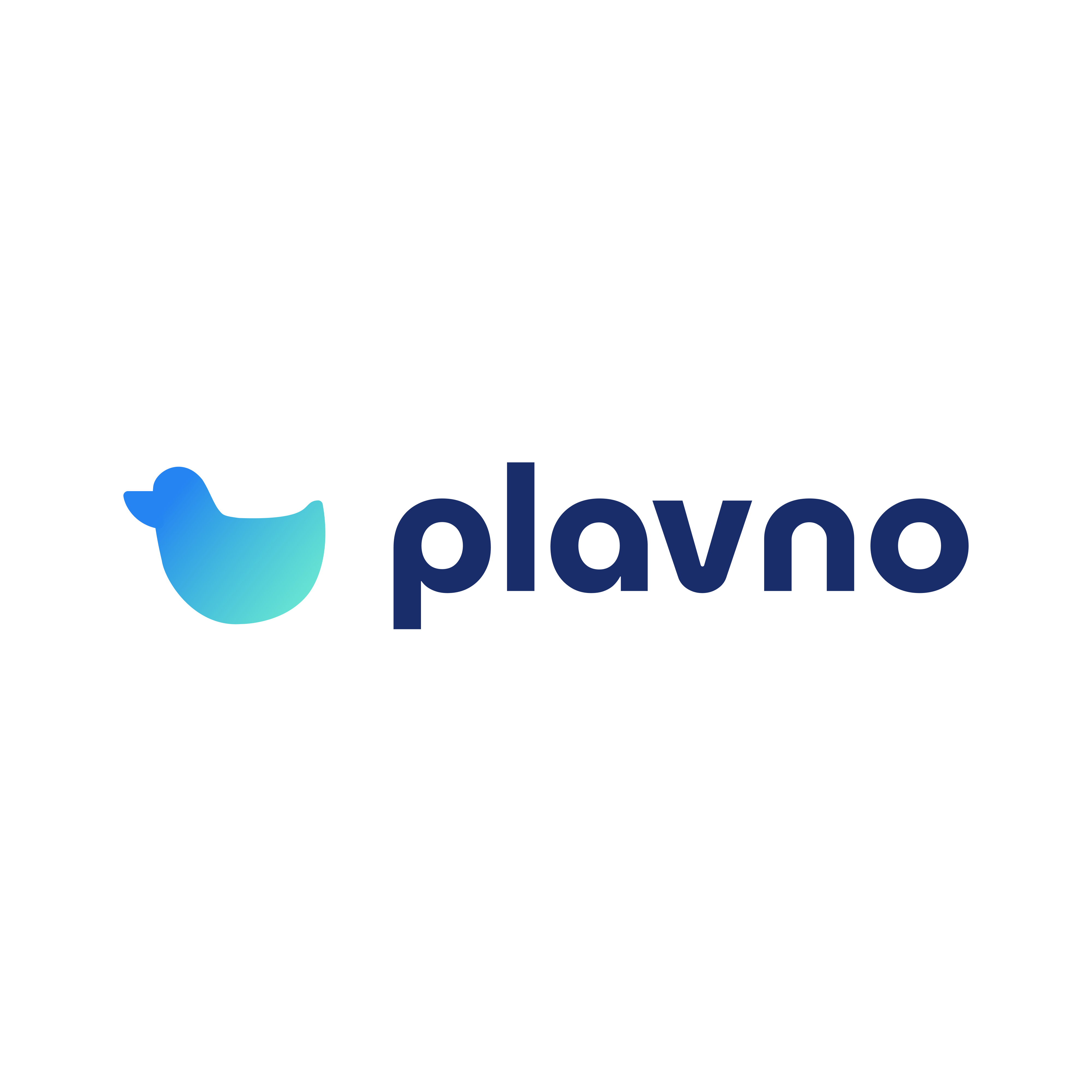
How can WebRTC become the key to your startup’ success?
Learn about WebRTC – an open framework for the web that has become one of the most popular solutions for organising online voice and video communication.
Virtual communication is the new normal — and it’s better than ever with WebRTC
The world has been moving online at an enormous pace during the last couple of decades. 2020 accelerated this process because of the COVID-19 pandemic. People all over the globe had to find new ways to do business, get an education, communicate, and much more via voice and video chats. As a result, there has been an increased demand for solutions that allow users to send and receive all types of calls and messages.
WebRTC is one such solution. Even though it had a rocky start, nowadays, many modern voice and video communication services are built upon it. Let’s dive deeper into the topic to see why WebRTC is so cool.
Hold up – what is WebRTC, anyway?
Don’t worry – we’ll get you up to speed! In a nutshell, WebRTC is a completely free HTML5 specification that is used to enable real-time voice and video communications inside web pages. It’s done through peer-to-peer connectivity without the need to install any apps or plugins.
Imagine you are building a house and don’t have to lay water pipes, as they are all set – that’s what WebRTC allows you to do if you need to add video communication features to your digital solutions. Moreover, the technology provides minimum latency and an interactive video environment, as it copes with these requirements much better than such technologies as HLS or RTMP.
The cases where WebRTC can be used seem nearly endless as once you get access to a device, its camera or microphone, you can do a lot of different things: participate in one on one or group sessions, offer remote assistance, give medical advice, lessons, fitness training and so on.
All you need to make WebRTC work is a JavaScript API, which means that you don’t have to worry about the code and can simply use the API inside your browser. The technology is supported by Google, Microsoft, Apple, Mozilla, and Opera. Its components have been standardised by both the Internet Engineering Task Force and the World Wide Web Consortium.
Okay, but do you have any examples?
Hey, we wouldn’t tell you WebRTC is the best if we didn’t have proof to back it up! We’ve got some use cases that our company, Plavno, has worked on using WebRTC. A little about us, first: Plavno is a web and mobile software development company with 13 years of experience in the creation of custom B2B and B2C applications for eCommerce, e-learning, and WebRTC. Our company has successfully launched more than 300 projects for more than 250 customers worldwide.
At Plavno, our team offers elegant solutions and provides you with a variety of options for business scaling. The main idea is to provide a cost-effective, simple approach to creating a remote development team or augmenting an existing team. Plavno IT experts are ready to work on any project. We are especially proud of two cases in which WebRTC showed its true potential, App Doc and Fasol. App. Let’s dive in!
App Doc
In the App Doc project, we needed to create an innovative telemedicine platform. It would consist of a sustainable and functional website and a mobile application that would connect patients and doctors. In order to increase the effectiveness of their collaboration, patients and doctors should be able to exchange all the necessary documents and discuss appointment details via an integrated messenger or video chat. These communication channels also had to share a common core, both for the website and the app, in order to make cross-platform calls and chats possible.
Plavno developed both backend and frontend architecture, including:
- A call server that is able to scale the service horizontally
- Video calls based on WebRTC
- HQ audio streaming and broadcasting
- A chat platform
We implemented a much more comfortable user experience and improved the method of doctor-patient communication. It was really convenient for patients, as they could get useful treatment recommendations without having to travel to the hospital. As such, the platform’s number of patients increased.
Fasol.App
Fasol.App was intended to be an online educational platform for those who wanted to improve their vocal skills and learn how to play the guitar. It had to offer personal music lessons to enthusiasts all over the world, both on the website and on the app.
The idea was to create a unique, multifunctional product that followed all the current market trends while still having distinctive features. The main challenge was to develop a learning management system with a full set of features. And the most important task was to offer a solution for conducting lessons via video links. Plavno was also requested to create a detailed analytics and statistics service for three categories of users: administrators, students, and tutors.
Besides the features implemented in the architecture of the Doc App, Fasol.App development included video multi-stream recording and transcoding on the server.
As a result, many people have easier access to education thanks to WebRTC and the video quality it offers. Teachers and students can now communicate with each other in a very comfortable way – from home. The best proof of Fasol.App’s successful implementation are the figures: between April and October 2020, revenue grew from $4,037 to $20,000, and the average check size grew from $53 to $117.30.
What makes WebRTC so great? In case you still have doubts…
As you can see, Plavno has used WebRTC to develop strong apps and browser clients. If you want even more proof that WebRTC is highly capable, have a look at the companies that use it.
- Facebook Messenger (both mobile app and web client) is powered by WebRTC, which has given its users an opportunity not only to make voice and video calls but also to broadcast via Facebook Live. Other Meta services that are built with WebRTC include VR Chat for Oculus, Workplace, and IG Live Video Chat
- WhatsApp, once a simple messaging service, has grown into a global communication platform that connects its users instantly. Both the iOS and Android versions of the app rely heavily on WebRTC
- Chime is a video conferencing tool developed by Amazon. Chime uses WebRTC in its services like Kinesis Video Streams and for integration of cameras and doorbells in Alexa Smart home
- Discord, which was developed for gamers that prefer to play online with their friends, uses both WebRTC and VoIP to provide its users with voice calls and in-app messaging. The app engineers have upgraded WebRTC to make it able to serve more than two million people concurrently
- Snapchat, one of the top social media apps, is used mainly by the younger generation. Initially, Snapchat was designed to share ‘snaps’ of everyday life, but the situation changed when the company acquired Add Live, which provided the app with voice and video chats via WebRTC
The reasons behind the choice of this technology are quite obvious:
- High quality of communication thanks to modern audio and video codecs, adapts its connection quality to the Internet speed, and has an inbuilt noise reduction system
- High level of security
- Open-source, which gives developers an opportunity to implement it in any product or service
- Cross-platform solution
Your business can also benefit from WebRTC technology! We’ll use it to help you improve your communication system and provide clients with a much better customer experience on your app.
And, besides that, you’ll also benefit from:
- Easy integration of the developers into your team thanks to aligned time zones
- Cost-effective prices
- No hiring risks, as all the experts work for Plavno
- Flexible business scaling
- Experience in Android, iOS, React, PHP, Java, Go, and many other technologies


